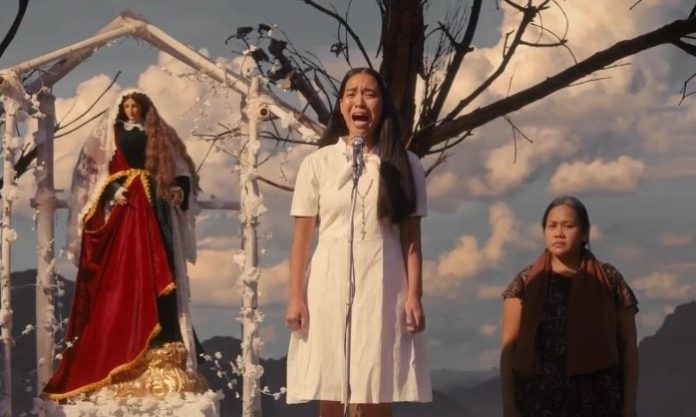Isang Himala (2024) re-introduces the timeless classic as a musical film at the 50th Metro Manila Film Festival. With award-winning director Pepe Diokno and Philippine National Artist and screenplay writer Ricky Lee (who also wrote the 1982 film) part of the project, the movie was fated to stardom— which it attained but not without its pitfalls.
CONTENT WARNING: Mentions of rape/sexual assault
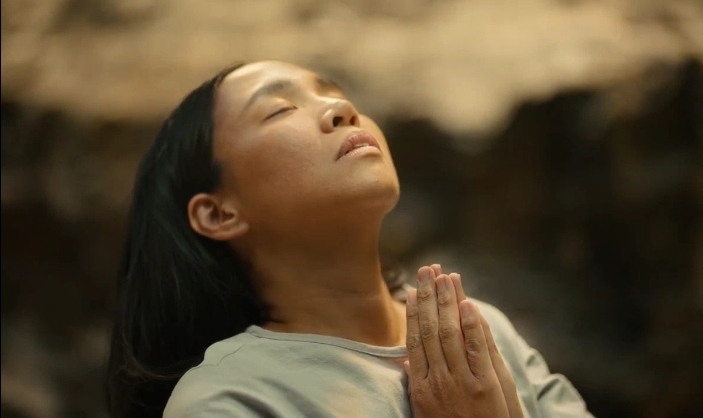
Himala has come a long way.
The 1982 movie tells the tale of Elsa (played by Nora Aunor), a young woman whose claims of witnessing a Marian apparition and healing abilities, turns the fate of her poor town upside down.
The villagers of Cupang may have been swept up in a lie, but the love for the movie is nothing short of the truth.
Himala went on to garner awards from the 1982 Metro Manila Film Festival, Chicago International Film Festival, and 2008 CNN Asia Pacific Screen Awards, winning Viewer’s Choice Award for the Best Film of All Time and defeating international competition.
It went off to stage during 2003 and won prestigious accolades from Aliw Awards, and Gawad Buhay Awards during its run.
Forty-two years after the original movie’s release and twenty-one years after its debut on stage, Himala comes full circle and returns as a musical film.
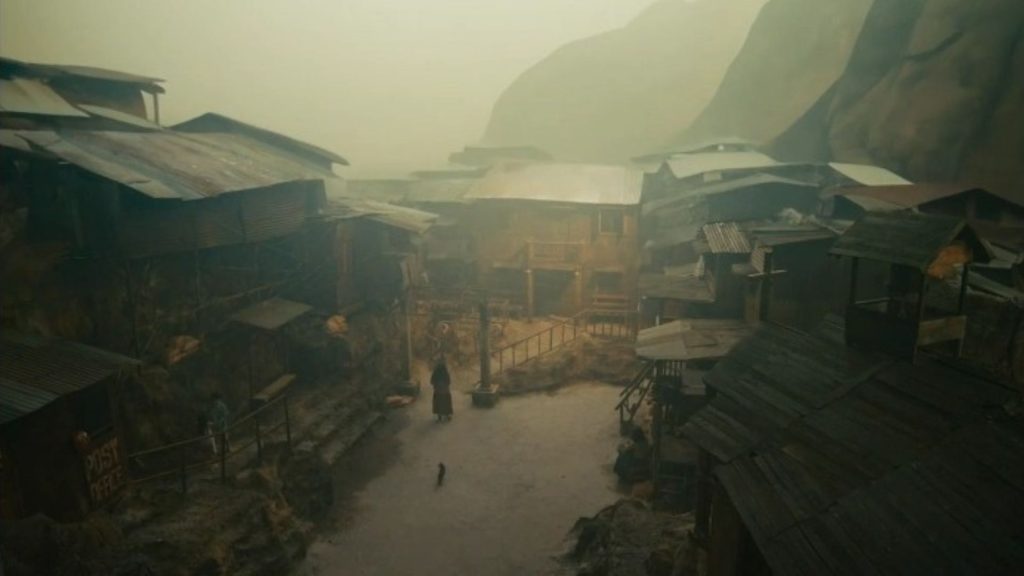
Isang Himala (2024) shines when it’s most self aware of its nature as an adaptation. Besides the inclusion of songs, Cupang’s houses and landscapes all emulate theatre set designs as a nod to its 2003 musical adaptation but the events still follow the original film with some changes.
One of which is placing the spotlight on Nimia, played by Kakki Teodoro, whose straightforwardness and complexity made her a standout. For her performance as the charismatic character, Teodoro took home this year’s MMFF’s Best Supporting Actress award, beating veteran and A-list actresses from the same category.
David Ezra, a long-time theatre actor, who portrayed filmmaker Orly, feels more at home as a singer but his transition to acting for the big screen is smooth; during his quiet scenes and his onscreen chemistry with the other cast members.
Aicelle Santos who portrayed Elsa, in the Himala musical’s 2018 run, reprises her role and still captures the protagonist’s mystique and angst. True to her past theatre accolades and title as GMA’s “First Undefeated Pinoy Pop Superstar”, her singing scenes were nothing short of spectacular.
The rest of the cast also boast strong and memorable performances, no matter how small their role or how short their musical number is.
All of these factors seemed to uphold the film’s greatest strength: its undying messages.
It takes us on a journey with a backwater town that was easily swayed by the promises of miracles, how greedy politicians exploited and encouraged this phenomenon; and its courage to create a protagonist that was arcane.
But to get there, it had to take a creative path that should have stayed in 1982.
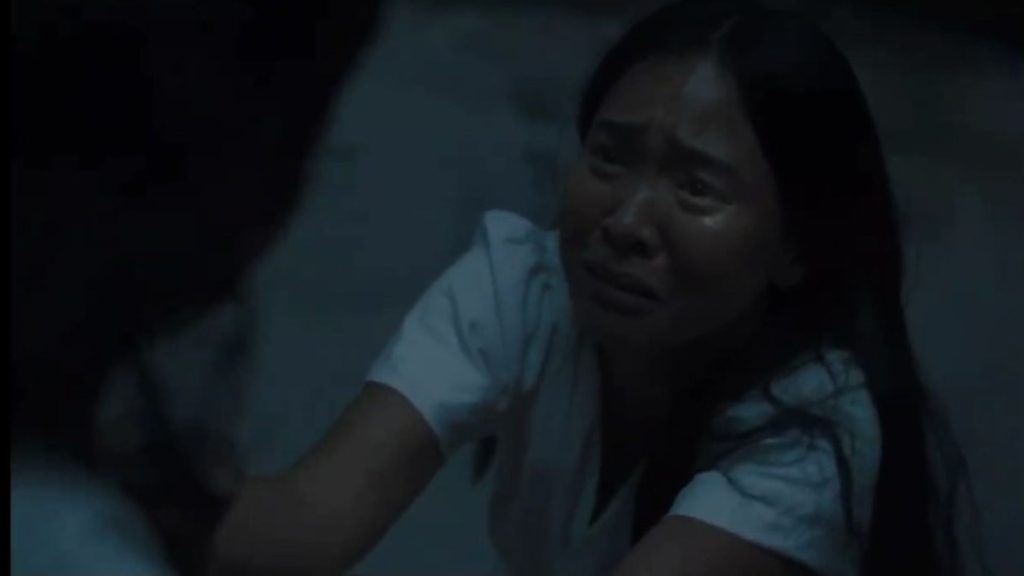
During the movie’s second act, Elsa and her female best friend, Chayong are raped by two men. Filmmaker Orly witnesses the events that occur but only films them in their entirety── from the beginnings of the rapes to the aftermath.
It was disturbing as much as it drew suspicion. That scene showed its disconnection from MTRCB’s PG rating.
There are plot lines that were altered from the original film but why retain this one?
Orly’s reaction to the situation is the biggest betrayal that anyone can do to a rape victim. His confession to the priest about his guilt was done through a song— that removed the simplicity of an onlooker’s remorse. It resulted in a lackluster, and almost shoehorned sequence.
It didn’t make his character more sympathetic and only increased exasperation. The ending proves that he never learns any lesson about being a bystander with a camera.
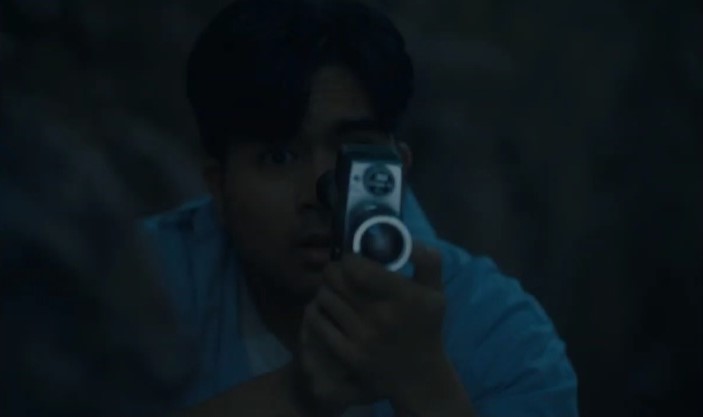
There are half baked attempts to change Elsa and Chayong’s perspective on self-victim blaming. Elsa’s mother literally tells her it isn’t her fault. A priest victim blames Chayong but his tactlessness is framed with aversion.
Yet these scenes only add insult to an injury that was beyond healing.
The sexual assault could have been done offscreen, yet the trauma of the victim is still shown with sensitivity (e.g. Denis Villeneuve’s Incendies) but much like its predecessor, Isang Himala’s apathy for its female victims was transparent in keeping a scene that was both a tiresome shock factor and a plot device.
It’s no coincidence that the story’s change of tone and direction occurs right after the rapes. The entirety of the first act showed Elsa’s rise as a Messiah-like figure in her town and how the rest of the villagers either fell for her miracles or took advantage of it.
Chayong’s suicide following the assault was more of a justification to cease the exploitation of Cupang instead of emphasizing it as an effect from the traumatic incident that she went through.
By the final act, Elsa experiences signs of pregnancy. A villager misinterprets it as a sign of Immaculate Conception— one of the misapprehensions that she had to correct as part of her “Walang himala” speech, an iconic monologue that’s closely tied to the film’s legacy.
The context soils it.
The rapists of Elsa and Chayong are never incarcerated for their crimes and never seen again for the rest of the movie.
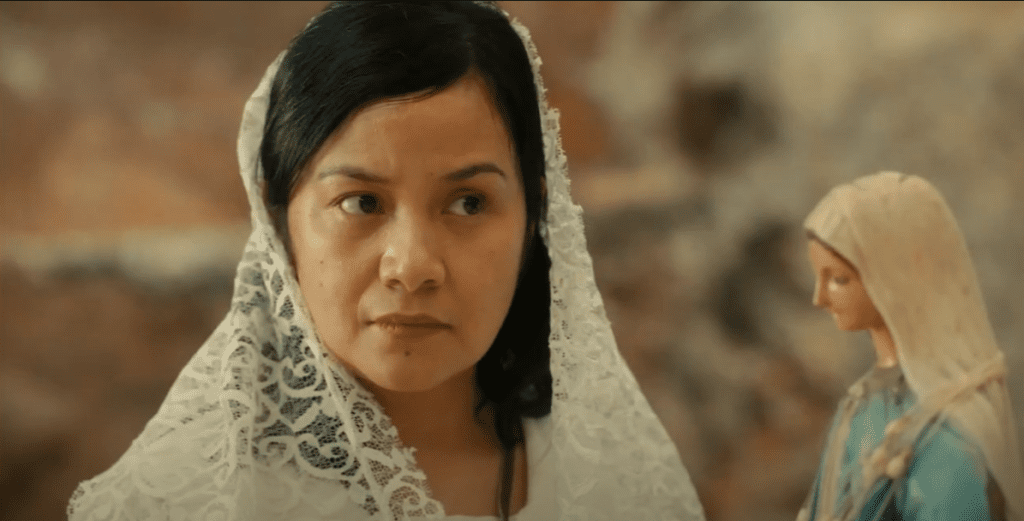
Isang Himala (2024) is far from a form of escapism but the audience’s return or introduction to the tale shouldn’t have been one filled with discomfort. It may have reintroduced beautiful themes from its predecessors but it did at the expense of repeating outdated scenes.
A proper rating or a content warning at the beginning could have served as a balm but for now, it’s such a shame because I had left the theatres, thinking that only Elsa’s actions should have remained ambivalent.

